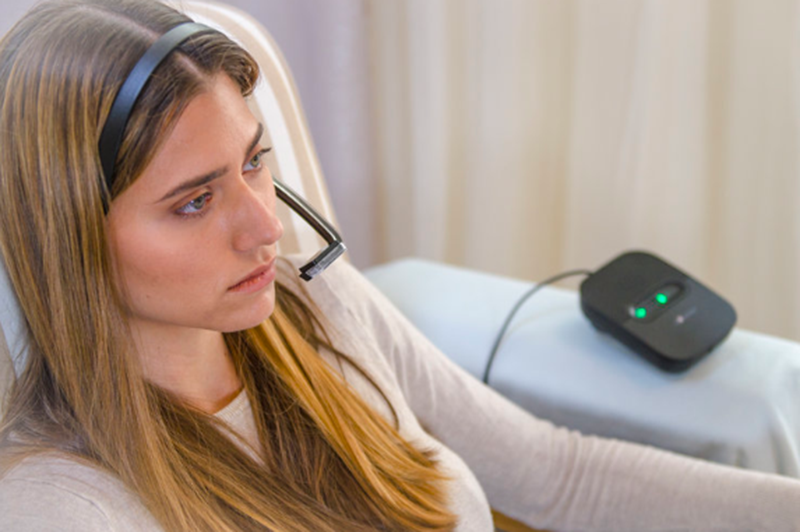An AI-powered wearable communication device for patients with locked-in syndrome is now available on the NHS Supply Chain.
The device called EyeControl enables patients with locked-in syndrome to communicate through their eyes.
Locked-in syndrome (LIS) is a condition in which a patient is aware but cannot move or communicate verbally due to complete paralysis of nearly all voluntary muscles in the body except for vertical eye movements and blinking. Currently, there’s no treatment or cure available for the condition.
“We’re thrilled to be officially working with the NHS to enable patients to once again communicate with their loved ones and carers in a simple, intuitive, and innovative way,” said Or Retzkin, CEO of EyeControl.
As Wearable Technologies reported last month, The EyeControl device sports an eye-tracking camera and audio speaker. The infrared camera tracks the eye movements and transmits the information to a small processing unit which translates them into communication.
A bone conduction element in the earpiece provides audio feedback to the wearer, allowing them to hear the communication before it is transmitted to the speaker via Bluetooth.
The user can teach the device their own personalized syntax or use predefined sentences, as well as choose from a collection of output languages.
It’s very easy to learn to use the device and the patients are able to easily use it within 20 minutes.

Helen Paterson, speech therapist at The Royal Hospital of Neuro-disability, UK, recently tested the device. She said:
“For me as a speech and language therapist, working with people face-to-face, it’s really important that we have a system that’s easy to set up, that’s flexible and can be edited and adapted for each patient by the user, but also therapists.”
“The EyeControl is a great, easy to set up system and it can be set up easily and simply. It’s also very easy to demonstrate how the device works to other carers.”
The revolutionary healthtech device created for people with locked-in syndrome will give them a voice, which they lack due to their condition. It is intended for patients suffering from ALS, Motor Neuron Diseases, stroke and traumatic brain injury.
“We’re excited to deliver the first devices to patients at the end of this year and look forward to seeing our device transform the lives of locked-in patients in the UK, as well as their family and carers,” concluded Retzkin.












